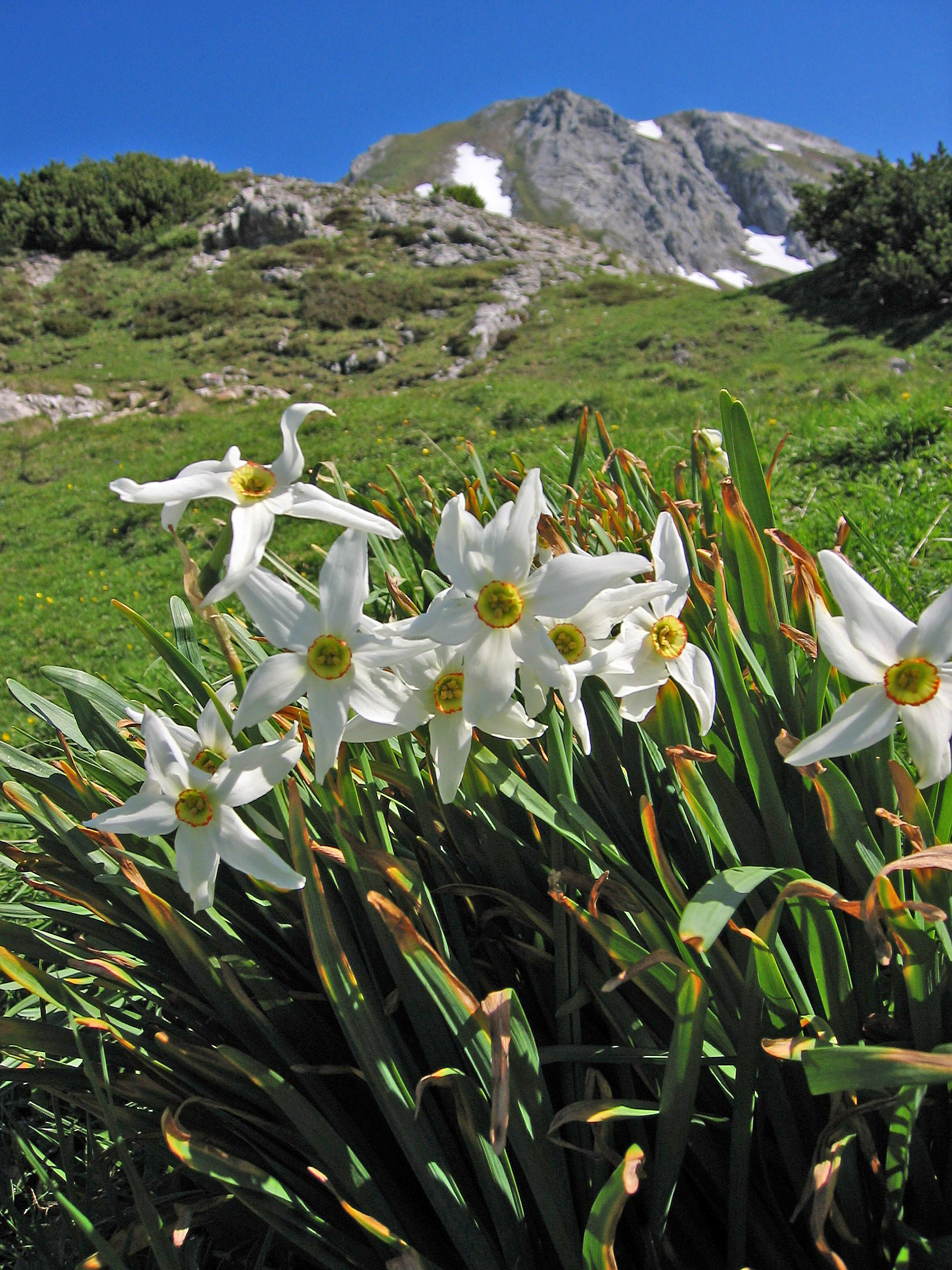March Birth Flower
By Naeem Noor | Updated on February 28, 2024
Reviewed by Rittika
The month of March has two birth flowers. The primary birth flower is the daffodil, and the secondary flower is the jonquil.
March birth flower – Daffodil
Daffodil, scientifically known as Narcissus, consists of six petals and a trumpet- or bell-like crown with frilled edges.
Western Asia, northern Africa, and Europe are the native habitats of daffodils. Except for the warmest and most humid regions, daffodils can be grown throughout the majority of North America.
Narcissus, the Greek mythological river God and son of Cephissus, is the inspiration behind the name of daffodils. Legend has it that he fell in love with his reflection in a water pool. A daffodil is believed to have grown at the exact area where he is said to have died while staring at himself.
A daffodil is either white, yellow or a mix of the two; however, some recent variants can be found in pink and orange tints as well.
Daffodils are a sign of rebirth, love, new beginnings, and the arrival of spring. In France, daffodils represent hope.
Drugs that prevent the progression of Alzheimer’s are made using galantamine, a substance present in daffodils. In addition, they are grown for their stunning appearance.
Fun fact: In China, it is believed that if a daffodil bloom on the first day of the new year, it will bring prosperity and good fortune for the rest of the year.
March birth flower – Jonquil
Jonquil, scientifically known as Narcissus jonquilla, is just another variant of daffodil and is native to the Mediterranean region.
They have an almost identical appearance to daffodils. Although they are a member of the larger daffodil family, jonquils are simply known as daffodils in many countries.
Jonquils have brilliant white petals with a yellow center. The jonquil is also known as the “herald of spring,” due to its vivid hues and delicate petals.
Like daffodils, jonquils also represent new beginnings, accomplishments, rebirth, and
renewal. Their beautiful yellow flowers represent warmth, joy, and optimism.
Jonquils are rather strongly scented and produce an oil that is used in perfumes, in contrast to daffodils, which are usually faint in scent. It is a gentle yet effective antibacterial that is used in skincare products to help balance sebum production.
Fun fact: Artists have been inspired by jonquil for ages. In their works, painters, poets, and authors have frequently used jonquils as a representation of beauty and hope.
March birth flower calendar
- March 1 birth flower
- March 2 birth flower
- March 3 birth flower
- March 4 birth flower
- March 5 birth flower
- March 6 birth flower
- March 7 birth flower
- March 8 birth flower
- March 9 birth flower
- March 10 birth flower
- March 11 birth flower
- March 12 birth flower
- March 13 birth flower
- March 14 birth flower
- March 15 birth flower
- March 16 birth flower
- March 17 birth flower
- March 18 birth flower
- March 1 birth flower
- March 20 birth flower
- March 21 birth flower
- March 22 birth flower
- March 23 birth flower
- March 24 birth flower
- March 25 birth flower
- March 26 birth flower
- March 27 birth flower
- March 28 birth flower
- March 29 birth flower
- March 30 birth flower
- March 31 birth flower
Guess the Flags Quiz
Sharing is caring 🤗

Daffodil
| Scientific name | Narcissus |
| Family | Amaryllidaceae |
| Kingdom | Plantae |
| Order | Asparagales |

Jonquil
| Scientific name | Narcissus jonquilla |
| Family | Amaryllidaceae |
| Kingdom | Plantae |
| Order | Asparagales |
| Sub Family | Amaryllidoideae |

